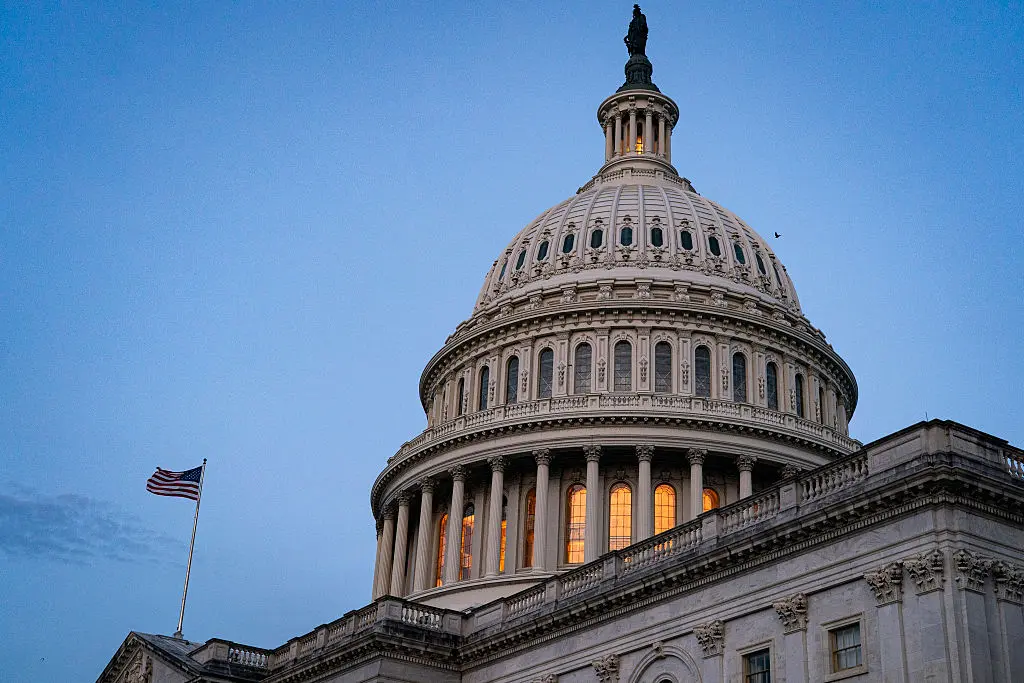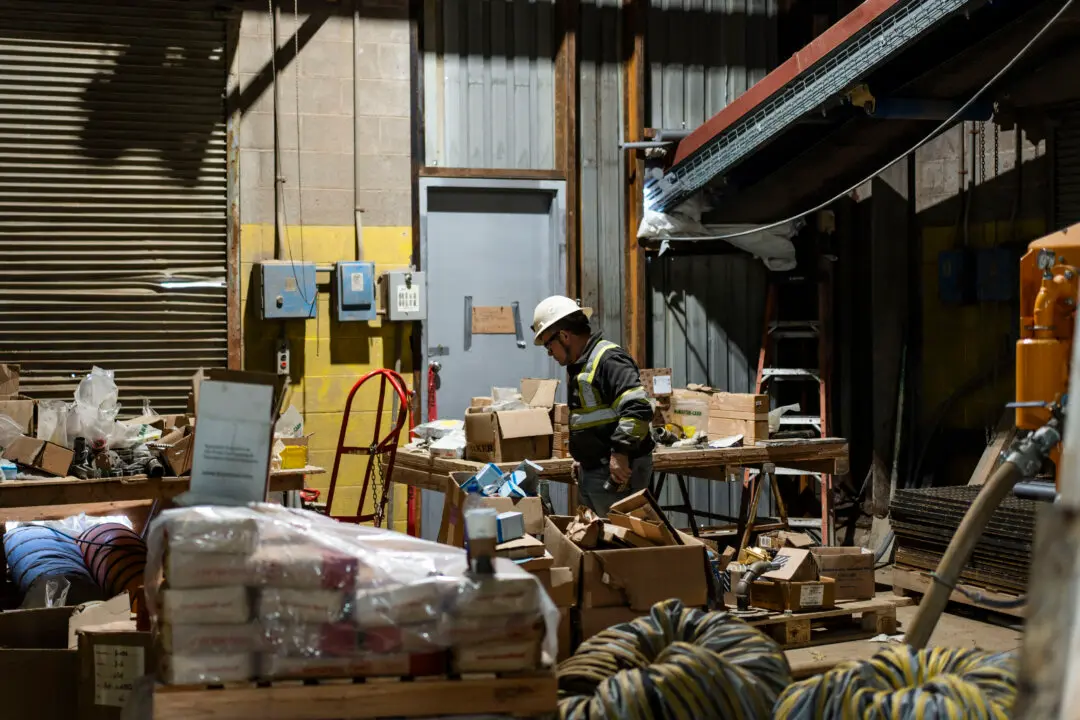Americans paid more for Thanksgiving turkeys this year, with a new survey from NielsenIQ indicating that turkey prices rose nearly 16 percent compared to a year ago.
According to NielsenIQ data, the price of whole uncooked turkeys in the four weeks before Nov. 6 rose 15.6 percent from the same period in 2020.





